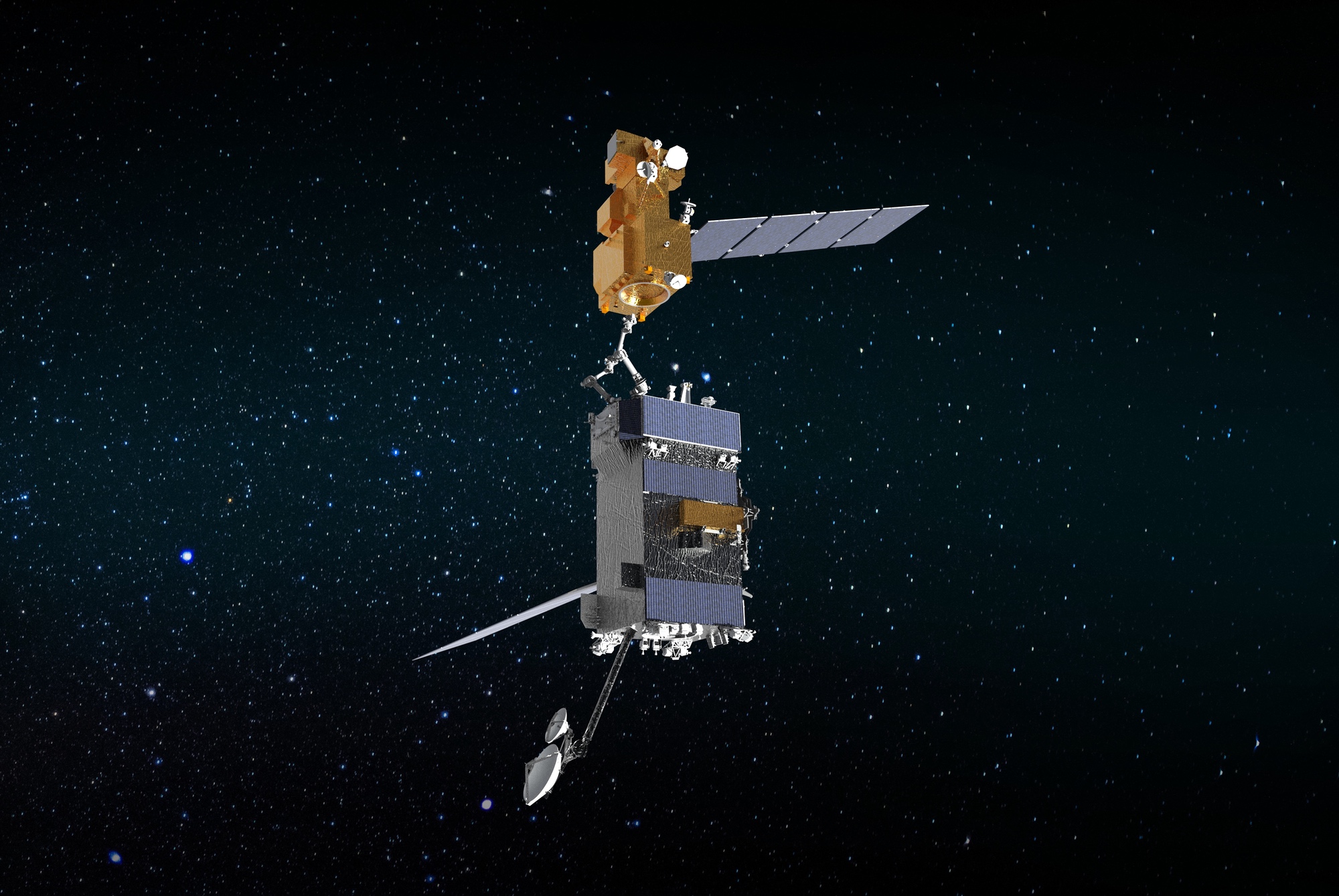
NASA cancels OSAM 1 mission - English: Satellite Servicing Technology
NASA recently announced the cancellation of the multibillion-dollar On-Orbit Servicing, Assembly and Manufacturing (OSAM) 1 mission due to technical, cost, and schedule challenges, as well as a shift in the industry away from refueling unprepared spacecraft. The mission, aimed at demonstrating satellite servicing technologies, faced significant delays and cost overruns, leading to its termination. Below are the key points summarized in three questions:
What’s going on here?
NASA had been working on the OSAM-1 mission to showcase satellite servicing technologies, including refueling the Landsat 7 spacecraft and performing in-orbit assembly of a Ka-band satellite antenna. However, the mission encountered various obstacles such as cost overruns and delays. Despite starting as Restore-L and later being renamed OSAM-1 with expanded objectives, the project faced challenges in meeting its goals. Issues with the contractual performance of Maxar, the primary supplier of spacecraft components, contributed to the mission’s problems.
What does this mean?
The cancellation of the OSAM-1 mission signifies a setback in NASA’s efforts to advance satellite servicing capabilities. The decision to end the project reflects the difficulties faced in executing complex space missions efficiently and within budget constraints. The shift away from refueling unprepared spacecraft by the broader community also played a role in the discontinuation of OSAM-1, highlighting the evolving priorities and trends in the space industry.
Why should I care?
The termination of the OSAM-1 mission emphasizes the challenges and complexities involved in developing and implementing advanced space technologies. Understanding the factors that led to the cancellation of this significant project sheds light on the intricacies of space missions, including the impact of technical issues, cost overruns, and contractor performance. This development underscores the importance of effective project management and collaboration in space exploration endeavors to ensure successful outcomes and resource utilization.
Source: Read more
For more information, check out the original article here.




